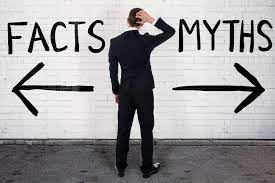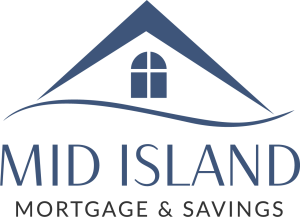Reverse Mortgages: Debunked

Reverse mortgages have had a bit of a bad rap. Here’s some of the stigmas they hold, and why they have their place as a financial tool, especially in today’s market!
Interest rates are up and cost of living is high. Everyone is working their budget–trying to pay for life, whatever that looks like for them.. While we are all feeling the pinch of the purse strings, seniors with limited income are even more at risk of falling behind.
Myths of the reverse mortgage:
- The interest rates are too high.
Historically this may have held more weight, but now reverse mortgage interest rates are lower than a Home Equity Line of Credit.
- You can’t buy a house with a reverse mortgage.
You can! If the age requirements of the borrower are met and the home you are buying has the equity (ie. you are putting down at least 45% of the purchase price) a reverse mortgage could be an option.
- A Reverse mortgage is a bad financial decision.
Yes, you are utilizing the equity in your home therefore you won’t have as much money when you sell. The interest on the mortgage will accumulate, and is payable if/when you sell your home. For people who would otherwise have to sell their home, it makes sense to remain in your home instead of losing it altogether. Especially if you were going to be renting once you sold.
- Reverse mortgages are too expensive.
The set up costs are comparable to a regular mortgage, around $1000-$2000. There is no monthly payment obligation. This frees up what could be a large portion of monthly income. The borrower’s can enjoy a better quality of life, with less financial stress, which is well deserved especially later in life.
- You can’t make any lump sum payments.
There are reverse mortgage products that allow you to make lump sum payments against the principal.
If you or someone you know has questions about reverse mortgages, Kevin, Jason and Blaire are ready to help call the office now 250-753-2242.

